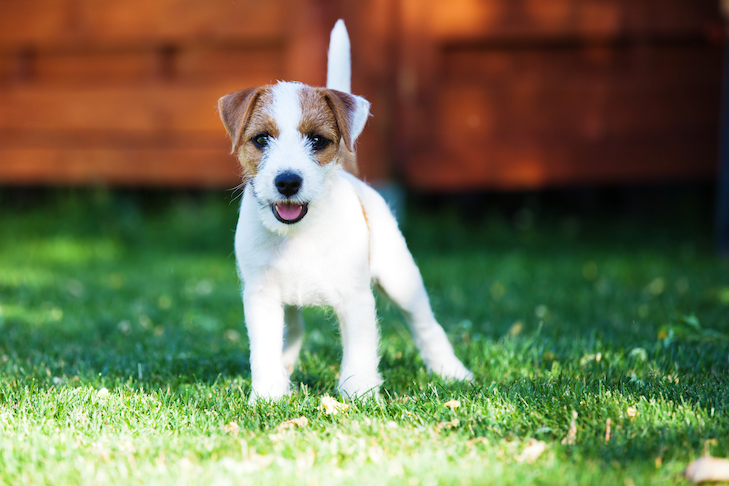So Why Do Dogs Wag Their Tails?
Even though we sometimes wish that our dogs could speak to us, dogs are great communicators and their tails play a huge role in letting us know how they’re feeling.
AKC Family Dog columnist Dr. Stanley Coren, professor emeritus in the department of psychology at the University of British Columbia, wrote in Psychology Today that since dogs’ eyes are very sensitive to movement, a moving tail is a great visual cue to other dogs.
“In some ways, tail wagging serves the same communication functions as a human smile, a polite greeting, or a nod of recognition,” Dr. Coren writes.
Reading your dog’s tail and body language is the best way to know what your dog is really trying to tell you. Just as different human facial expressions mean different things, tail movements vary on how your dog is feeling.

Do dogs choose to wag their tails?

Do dogs consciously wag their tails in response to an event, or is it more of a subconscious emotional response to their circumstances?
“I doubt very much it is conscious,” Vallortigara says.
Instead, Vallortigara says dog tail wagging should be seen as a subconscious expression of biases in the structure of the dog’s brain.
A stiff tail: alertness
Sometimes, a dogs tail position may not be expressing happiness or fear but simply sending a signal that they saw or heard something they were interested in, Dimit said.
A tall, stiff tail shows that your dog is alert and may soon run after something, Dimit said, like a squirrel they spot in your yard or another dog they see at the park. A tail raised high can also indicate a dogs confidence and intention to positively approach another human, dog, or animal.